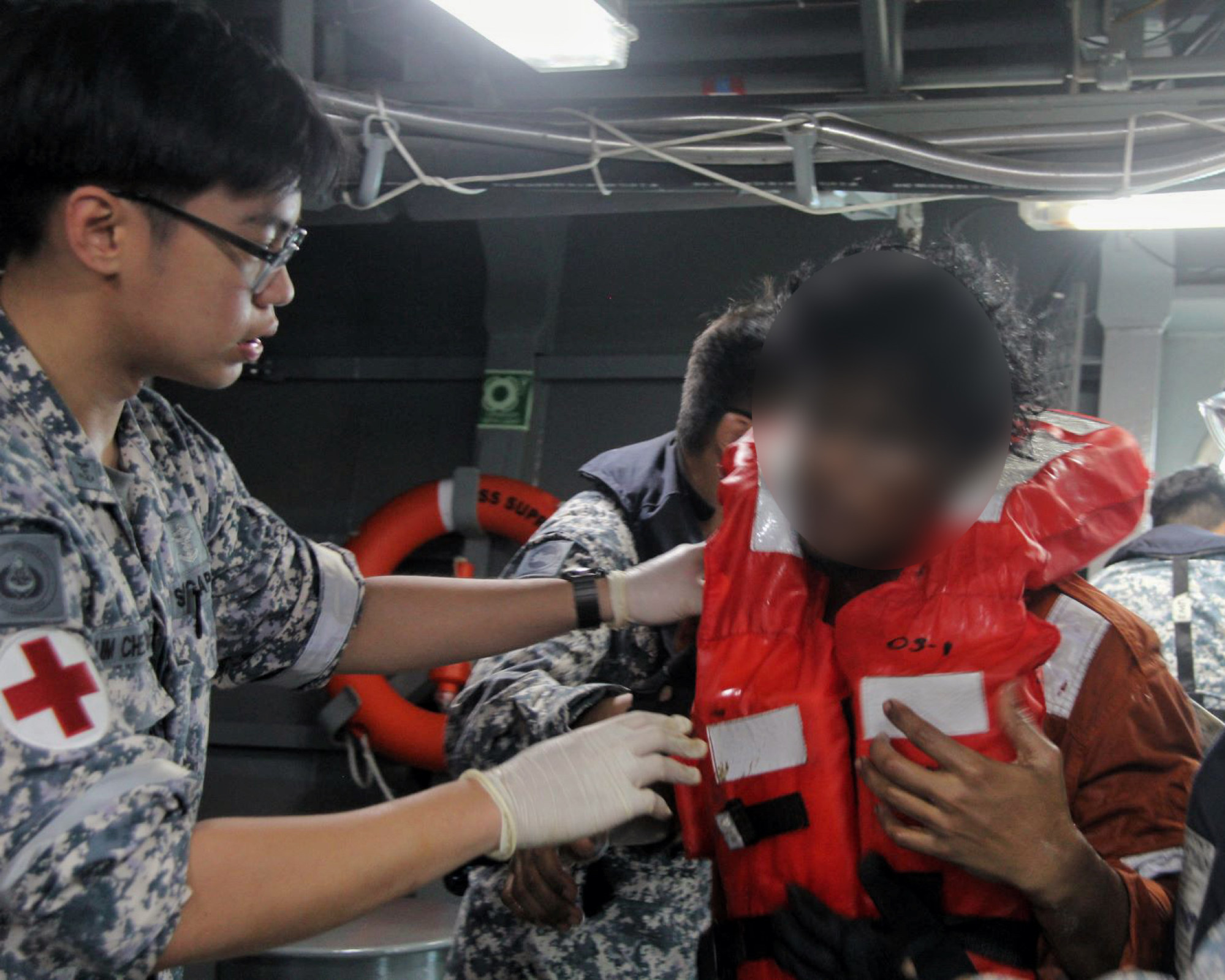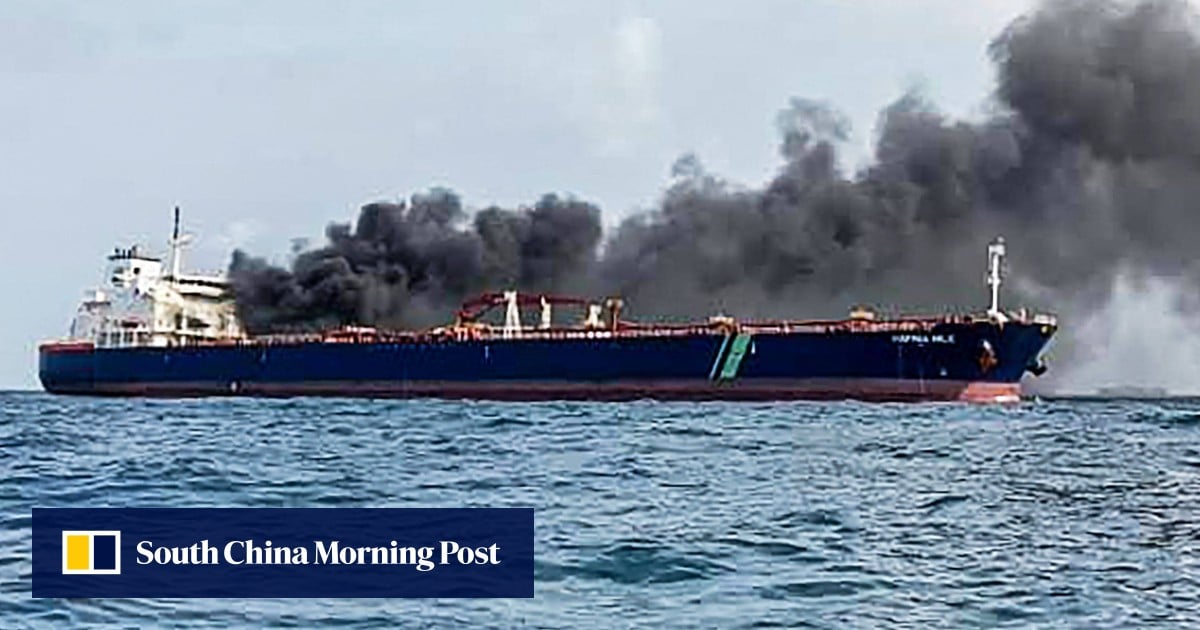The 22 crew of the Hafnia Nile and the 40 on the Ceres I were all accounted for, the MPA had said, adding that 14 crew from Ceres I were evacuated by a Singapore Air Force helicopter while 26 of its crew were conducting firefighting operations on board.
Hafnia said on Saturday it was holding discussions with Malaysian authorities to safely move the oil tanker Hafnia Nile after the vessel caught fire on Friday following a collision with another tanker in the South China Sea.
Salvage experts boarded the Hafnia Nile and established a towing connection with one of the attending tugs, a Hafnia spokesperson said in a statement sent by email.
“A first assessment on board the vessel confirms that no visible flames are observed,” she said. “Pollution levels around the vessel are still undetermined.
The Chinese owner of the Ceres I could not be reached for comment.
A video posted by the Malaysian coastguard showed the charred Singapore-flagged tanker Hafnia Nile afloat, in a video the coastguard said was taken on Saturday.

Hafnia, the operator of Hafnia Nile, said on Friday a tug boat was on scene to assist the ship, which was drifting toward open sea, with specialised tugs en route to join firefighting efforts.
Hafnia also said it is also cooperating with Singapore on the ongoing investigations into the cause of the incident.
The Ceres I is a very large crude carrier (VLCC) supertanker, which ship-tracking data last showed was carrying around 2 million barrels of Iranian crude.
Matt Stanley, head of market engagement for EMEA & APAC with Kpler, said on Friday that the Ceres I has “gone dark” many times, referring to when vessels switch off their AIS tracking transponders.
The 74,000-deadweight-tons capacity panamax tanker Hafnia Nile was carrying about 300,000 barrels of naphtha, according to ship-tracking data from Kpler and LSEG.
Singapore is Asia’s biggest oil-trading hub and the world’s largest bunkering port. Its surrounding waters are vital trade waterways between Asia and Europe and the Middle East, and among the busiest global sea lanes.
Singapore’s MPA did not immediately respond to a request for comment on Saturday.

